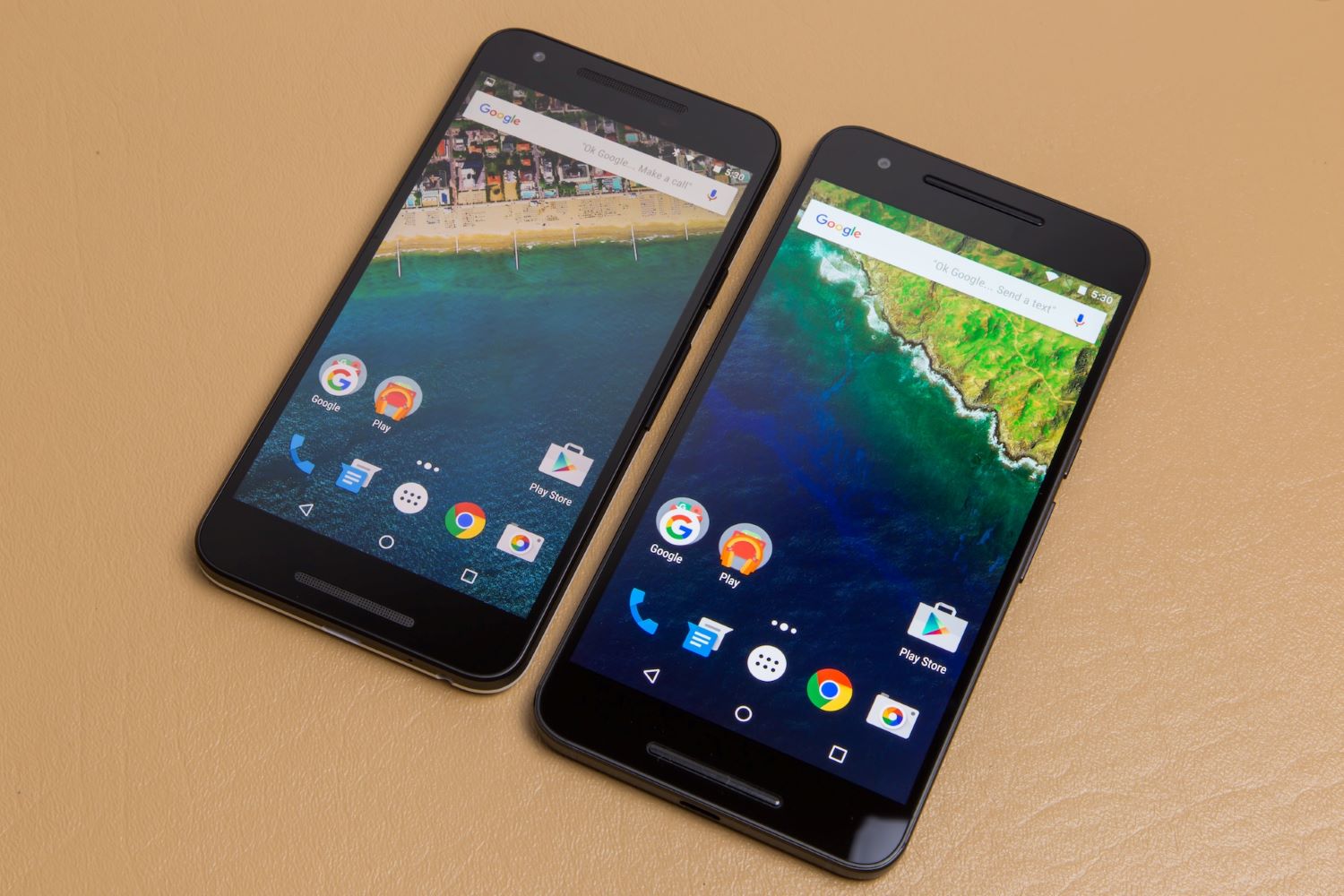
Introduction to Android 7.1
Android 7.1, released in October 2016, serves as an incremental update to Android 7.0 Nougat. This update refines existing features while introducing new ones, particularly for Google Pixel and Nexus devices.
Key Features of Android 7.1
App Shortcuts
App shortcuts allow users to long press on an app icon to access a contextual menu with quick shortcuts. These shortcuts are useful for frequently used actions within an app, such as sending a message in Gmail or making a call in Google Phone.
Rounded Icon Assets
Android 7.1 supports rounded icon assets for apps, enhancing the visual appeal of the home screen and app drawer. Developers can create a more polished and modern look for their apps.
Image Keyboard Support
The update includes native API support for implementing image keyboards, providing a more intuitive and interactive way of inputting data on devices.
Multi-Endpoint Telephones
Support for multi-endpoint telephones allows handling multiple communication endpoints simultaneously. This feature benefits devices supporting multiple SIM cards or VoIP services.
Google Daydream Virtual Reality Platform
The update includes support for the Google Daydream virtual reality platform, offering a seamless and immersive VR experience. Features like sustained performance mode optimize app performance, and a new head tracking algorithm combines inputs from various device sensors.
Quick Settings Toggles
In Android 7.1, quick settings toggles in the notification shade have been expanded to include six toggles instead of five. This provides users with more control over device settings without navigating through multiple menus.
Moves Section
A new section called "Moves" in the Settings menu includes gesture shortcuts for common actions like double pressing the home button to go back or recent apps. This feature enhances device usability by providing quick access to frequently used actions.
Security Enhancements
Android 7.1 focuses on security with features like split-screen security, allowing users to use two apps side-by-side while maintaining a secure environment. Robust app permissions and sandboxing isolate apps from each other, ensuring sensitive data remains protected.
Exclusive Features for Pixel Devices
Google Assistant Integration
Google Pixel and Pixel XL devices come with native integration of Google Assistant, providing users with a more personalized and intelligent assistant experience. This feature is not available on other devices running Android 7.1.
Pixel Launcher
The Pixel Launcher, exclusive to Pixel devices, offers a unique home screen experience with features like a Google search bar at the top and a more streamlined app drawer. This launcher is not available on other devices running Android 7.1.
Impact on the Android Ecosystem
Developer Support
The update provides developers with new tools and APIs to enhance their apps. Features like app shortcuts and image keyboard support encourage developers to create more interactive and intuitive apps.
User Experience
Features like app shortcuts and rounded icon assets significantly improve the user experience on Android devices. These features make it easier for users to navigate through their devices and access frequently used actions quickly.
Security
Continued focus on security in Android 7.1 reinforces the platform's commitment to protecting user data. Features like split-screen security and robust app permissions set a high standard for mobile security.
Virtual Reality
Inclusion of the Google Daydream virtual reality platform opens up new possibilities for developers to create immersive VR experiences. This feature has the potential to change how we interact with devices and access information.
Additional Notes
- Support Status: As of October 4, 2019, Android 7.1 no longer receives security updates, marking the end of its maintenance cycle.
- Compatibility Issues: While many apps are compatible with Android 7.1, some older apps may still experience compatibility issues, particularly with the new multitasking interface and split-screen features.
- Future Developments: Continuous improvement of Android is evident in its regular maintenance cycles and incremental updates, ensuring the platform remains secure and feature-rich over time.
Understanding the new features and improvements introduced in Android 7.1 helps users and developers appreciate the evolution of the Android ecosystem and its commitment to enhancing user experience and security.
